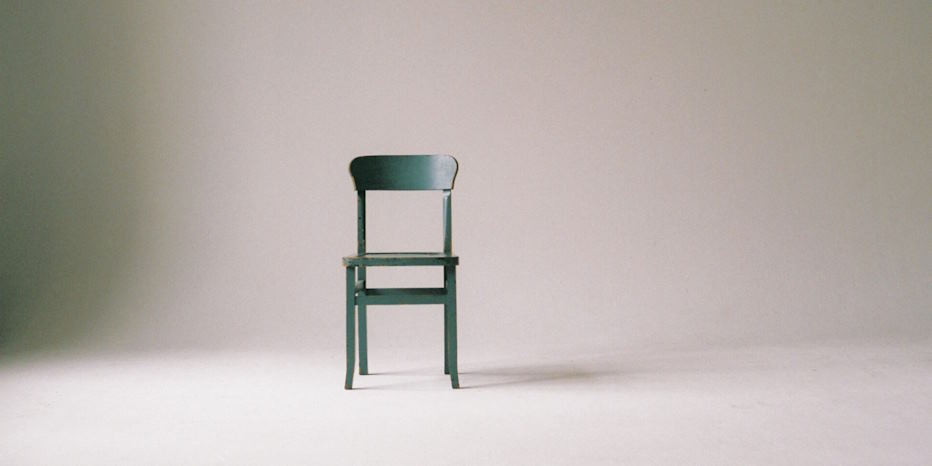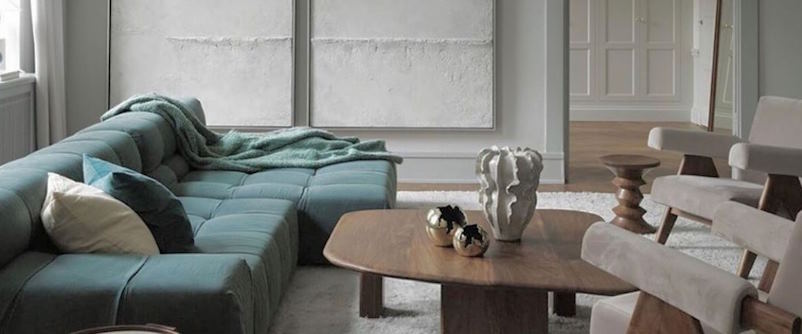
The Aesthetics of Minimalism: Redefining Beauty in Art and Design
Minimalism is an artistic movement that emerged in the mid-20th century, challenging traditional notions of beauty and aesthetics. Through its deliberate simplicity, minimalism has redefined the concept of beauty in art and design. This article explores the aesthetics of minimalism, highlighting its key principles, impact, and how it has influenced various creative disciplines.
Less is More: Simplicity and Essentiality
At the core of minimalism lies the principle of “less is more.” Minimalist art and design focus on stripping away excessive ornamentation, leaving only the essential elements. By eliminating unnecessary elements and embracing simplicity, minimalist creations invite viewers to appreciate the inherent beauty in the purity of form, color, and space. This reductionist approach challenges the notion that beauty requires complexity and opulence.
Embracing Negative Space
Negative space, or surrounding the main subject, is crucial in minimalism. By deliberately incorporating negative space, minimalist artists and designers create a sense of balance, harmony, and breathing room within their compositions. Negative space highlights the main elements and allows viewers to engage with the artwork or design on a deeper level, encouraging contemplation and introspection.

Subtle Color Palette and Materiality
Minimalism often employs a restrained color palette, typically consisting of neutral tones or limited color variations. This deliberate choice of colors enhances the focus on form, shape, and composition. Additionally, minimalist art and design embrace the tactile qualities of materials, emphasizing their textures, surfaces, and inherent properties. Using high-quality materials and craftsmanship becomes a statement, elevating the sensory experience and celebrating simplicity.
Functionality and Purpose
Minimalism in design is closely linked to functionality and purpose. Minimalist designs prioritize usability, efficiency, and clarity of function. Form follows function, with unnecessary embellishments and complexities stripped away. The emphasis on functionality aligns with the philosophy that good design should serve a purpose and enhance the user’s experience. Minimalist designs often exhibit clean lines, intuitive layouts, and a focus on usability and user-centeredness.
Influences Across Creative Disciplines
Minimalism has influenced various creative disciplines beyond visual art and design. It has permeated architecture, interior design, fashion, and lifestyle choices. Architects such as Ludwig Mies van der Rohe and Tadao Ando embraced minimalism, emphasizing open spaces, clean lines, and industrial materials. In fashion, designers like Jil Sander and Calvin Klein have embraced minimalist aesthetics, focusing on clean silhouettes, monochromatic color schemes, and timeless designs. Minimalism has also found its way into lifestyle choices, promoting decluttering, mindfulness, and a focus on essential experiences.

